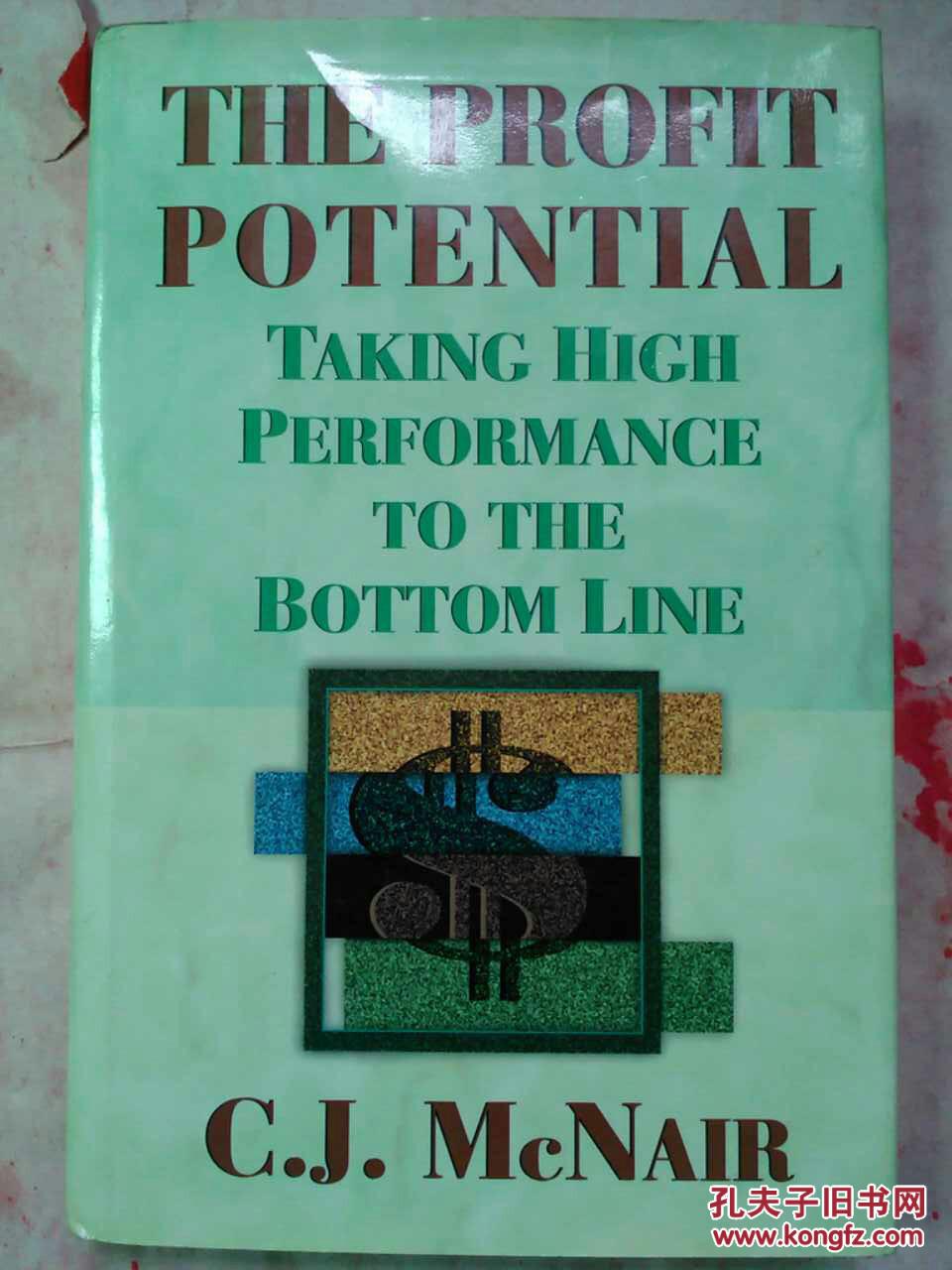The Importance of Proper Tie Length
The proper length of a tie is essential for both personal style and professional etiquette. Not only does it affect your appearance, but it also sends subliminal messages about your level of attention to detail and respect for others. In this article, we will explore the appropriate lengths for different occasions, how to adjust your tie length, and the impact of tie length on your overall appearance and professional image.
In the world of fashion, there are few accessories that can instantly transform an outfit from ordinary to extraordinaire. One such accessory is the necktie, a small but meticulously crafted piece of clothing that exudes an air of sophistication and class. But for many men, the task of selecting a tie can be daunting, especially when it comes to choosing the right length. The wrong tie length can ruin an otherwise impeccably styled outfit, while the right one can enhance a man's appearance and project confidence.

The length of a necktie is not a one-size-fits-all proposition. It should complement the wearer's height, build, and personal style. For instance, a shorter tie may be more suitable for a more compact frame, while a longer one can look more regal on a taller individual. Additionally, the length of the tie should also be considered in relation to the wearer's shirt and suit; a tie that is too long or too short in comparison to these components can look out of place.
In recent years, there has been a significant trend towards longer, more exaggerated ties, often seen at formal events and award ceremonies. While these can look stunning on the right individual, they can also come across as overdone or impractical. Conversely, a shorter, more streamlined tie can be much more versatile and appropriate for day-to-day wear.
One of the most common mistakes men make when selecting a tie is choosing one that is too long. A tie that hangs below the belt line can look cumbersome and unflattering. Additionally, a tie that is too long can get caught up in day-to-day activities, causing it to become wrinkled or twisted. This not only looks sloppy but can also be uncomfortable.

On the other hand, a tie that is too short can also be problematic. It can make an outfit look incomplete or as if the wearer is trying to compensate for something. A short tie may also leave the wearer feeling self-conscious, as if it were calling attention to itself in a negative way.
To find the perfect tie length, men should first measure their own necks and try on different lengths before making a purchase. The ideal tie should sit comfortably around the neck, without being too tight or too loose. Additionally, it should end at or just below waist level, allowing for a small amount of excess length that can be tied into a knot without being excessive.
The right tie length can make all the difference in completing an ensemble and enhancing a man's overall appearance. By taking the time to find the right fit, men can ensure that their ties will not only look great but will also contribute to their confidence and sense of style. In conclusion, while there are many factors to consider when selecting a tie, the length of the tie is perhaps the most crucial factor in ensuring that it is both functional and fashionable.

Articles related to the knowledge points of this article::
Title: An Introduction to The Finest Tie Manufacturers
The Art of Tie-wearing: A Guide to Different Tie Knots
Title: The Story of a Tie Dreaming for Recognition
Title: Celebrity Untie the Tie
Title:Harbin Kingley Tie Factory: A Legacy of Excellence in Crafting Fine Ties



